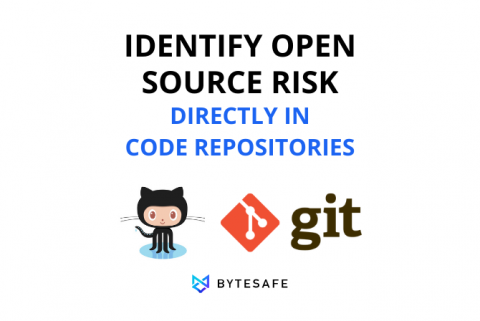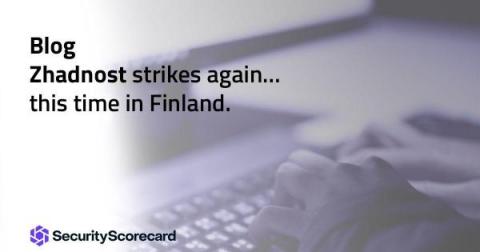Software Composition Analysis of Git repositories
Open source software adoption reaches higher levels every year. Recent figures show that over 70% of code used in codebases is open source. With a constant stream of new components comes increased requirements to manage the inherent risks associated with open source. Requirements that quickly turn into a necessity as supply chain attacks increased by 400% in 2021. The practice to identify and track open source components usually falls under the umbrella of Software Composition Analysis (SCA).










